This site is part of various affiliate programs. Links may give us a small compensation for any purchases you make, at no additional cost to you. Please read the disclaimer policy for full details.
If you don’t have time to read this article, then out of the Nikon 50mm f/1.4 vs f/1.8, the Nikon AF-S FX NIKKOR 50mm f/1.4G is my top choice.
If you are looking for a Nikon portrait lens, you may be confused as to which lens is a suitable choice. Don’t worry – we can help!
Two of the best options available are the Nikon AF-S FX NIKKOR 50mm f/1.4G, and the Nikon AF-S FX NIKKOR 50mm f/1.8G, but there are also older versions in theNikon AF FX NIKKOR 50mm f/1.4D and Nikon AF FX NIKKOR 50mm f/1.8D. To the untrained eye, these may appear incredibly similar. But are they?
We compare the Nikon 50mm 1.8 vs 1.4 to show you if there is a clear winner and which could be the better option.
Nikon 50mm 1.4 G vs 1.8 G: Quick Comparison
The Nikon 50mm G lenses are the most recent, and most expensive of the Nikkor 50mm range. They differ from the older, cheaper D lenses in having an internal autofocus motor, plus improved optics.
Exceptional performance with a high price
- Lightweight design and compact for great portability.
- The optical performance is generally excellent and results in consistently sharp images.
- The 9-bladed aperture diaphragm with rounded blades means that you can create beautiful bokeh effects consistently.
- Can have a little lens distortion
- The build does not feel as robust as what you would expect for the price tag
Best value for money
- Improved lens construction with the addition of an aspherical element
- Reduced weight and slightly smaller overall size
- Newer SWM autofocus motor means that this lens offers faster and more accurate autofocusing
- The maximum f/1.8 aperture does not give as much control for depth of field, or in low-light situations when a fast aperture is needed
Nikon 50mm 1.4 D vs 1.8 D: Quick Comparison
The Nikon 50mm D lenses are the oldest Nikkor 50mm lenses that will work with modern Nikon cameras without adapters. These lack internal autofocus motors, but can use your camera’s screw drive for autofocus (although this is not available on the cheaper Nikon cameras).
They are optically sub-par when compared to their newer G lens cousins, but still offer very good optical performance overall, particularly when stopped down, and especially when considering their price to performance ratio.
Wide max aperture with a lower price tag
- Lighter and smaller than the newer models. This makes it slightly more portable and great for travel use
- You get the benefit of the f/1.4 maximum aperture for a much cheaper price
- Excellent sharpness and clarity when stopped-down
- It does not have an autofocus motor and thus you must use manual focusing or the focusing system of the camera
- The aperture ring is brittle and does not feel well-built compared to later models
- It can be soft at the edges of images when used at the maximum f/1.4 aperture
Lowest priced 50mm lens
- Incredible value for money and is arguably one of the most cost-effective portrait lenses available for beginners
- The lens also has great sharpness and central performance at any aperture with minimum lens distortion
- Also has a lightweight and compact design that makes it great for travel use, or when you want to carry minimum equipment
- Autofocus is slower and more difficult to use, as it doesn’t have an internal motor
- Much older lens and does not benefit from optical improvements that the AF-S 50mm f/1.4G and AF-S 50mm f/1.8G have
Nikon 50mm D vs G Lens Comparison
To give a quick Nikon 50mm lens comparison, you can check out the below tables. As you can see, the main takeaway is the lack of an autofocus motor in the f/1.8 D and f/1.4 D lenses, which could put some people off.
As you can see, these two lenses use the Silent Wave Motor autofocusing system. However, the 50mm f/1.8G has an updated version of the SWM motor. This means that the 50mm f/1.8G can actually focus quicker and more accurately.
There is also a difference is in the lens construction: the 50mm f/1.4G has 8 elements in 7 groups, while the 50mm f/1.8G has 7 elements in 6 groups. However, the 50mm f/1.8G actually has an aspherical lens element which the f/1.4G does not have. This does make a difference and results in improved optical performance.
The main difference in favor of the 50mm f/1.4G is the maximum aperture. This equates to a ⅔ stop difference compared to the 50mm f/1.8G. This may not seem like much, but it means you have greater control, better low light performance, and the lens is faster.
Comparing the Nikon 1.4 D vs 1.8 D, there is really minimal difference when both lenses are stopped down, with bokeh very good in the f/1.4 lens wide open, though less strong in the f/1.8 version. The main selling point of the f/1.8 D lens is the very light weight, plus very low cost, although there is not much difference in practice to the f/1.8 G lens, which is the preferred cheap Nikon 50mm lens.
Nikon 50mm 1.8 D vs 1.8 G Comparison
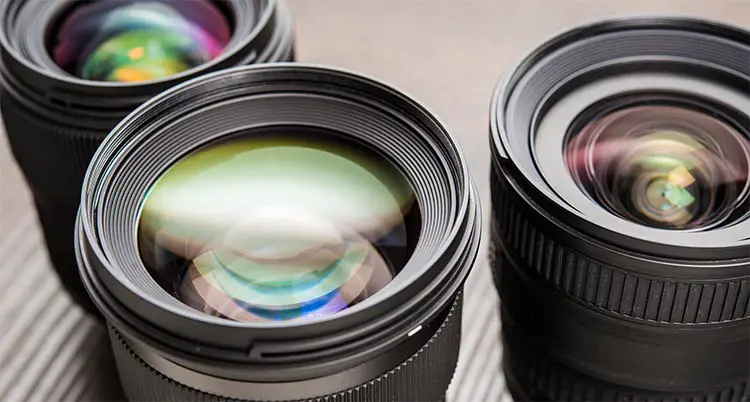
Although not from the same lens series, it does make sense to compare the Nikon 50mm 1.8 D vs 1.8 G, as they are both very popular budget lenses and it can be hard to figure out which is the ideal one for you.
On balance, there might not be a lot of noticeable difference between the two lenses in practice for the average photographer, but for those who shoot a lot of portraits, particularly professionally, the 1.8 G lens is definitely the preferred option.
You get better more sharpness with the 50mm 1.8G lens shot wide open, with improved contrast and better bokeh thanks to the rounded aperture blades. Coupled with this, because the G lens has its own autofocus motor nestled within the lens, autofocus is much faster to acquire a lock.
The only real advantage that the 50mm 1.8 D lens holds over it’s younger brother is that because it has a mechanical aperture with aperture ring, it can be fitted in reverse to your camera using a reverse macro adpater, and then used as a macro lens, giving you a very cheap way to access macro photography.
Nikon 50mm Lens Reviews
Nikon AF-S FX NIKKOR 50mm f/1.4G Review
The Nikon AF-S FX NIKKOR 50mm f/1.4G has a durable construction that includes a metal lens mount. This is the same as the 50mm f/1.8G and there is not much to choose from in terms of overall durability and quality.
The lens construction is made from 8 elements in 7 groups, and it also has a 9-bladed diaphragm with curved blades. This means that the lens is incredibly sharp, and only has minor lens distortion. The curved aperture blades also mean you can create amazing circular bokeh in your portrait shots.
For autofocusing, the Nikon 50mm f/1.4G has the SWM Silent Wave Motor. This is OK – it’s not the best AF motor for Nikon lenses, but it’s more than adequate. You can focus quickly, quietly, and accurately even in low-contrast situations. In contrast, older lenses like the 50mm f/1.4D rely on an AF screw driven by the camera body, due to the lack of an AF motor within the lens.
The maximum aperture of f/1.4 is also fantastic. This means the lens is fast, and also works brilliantly in low-light compositions. It also means that you have better control over the depth of field.
Nikon AF-S FX NIKKOR 50mm f/1.8G Review
The Nikon AF-S FX NIKKOR 50mm f/1.8G is a newer lens. As a result, it has some changes and improvements compared to the older (but more expensive) f/1.4G.
One of the main differences is the lens construction. The 50mm f/1.8G has an aspherical lens element. These are incredibly common in newer lenses and help improve optical performance. This is something that the 50mm f/1.4G lacks. As a result, the f/1.8G is arguably sharper and results in better image quality.
The other difference is the SWM AF motor. Both lenses use the Silent Wave Motor. However, as stated above, the 50mm f/1.8G has a newer version and thus has improved autofocus capabilities.
In terms of size, this lens is also incredibly compact and lightweight. It weighs less than the 50mm f/1.4G at just 180g. I also think that this newer lens also looks better and cleaner, although the exterior bodies are incredibly similar.
Overall, this is a great portrait lens and one of the other main benefits is that it is roughly half the cost of the 50mm f/1.4G.
Which Nikon 50mm Lens is Best?
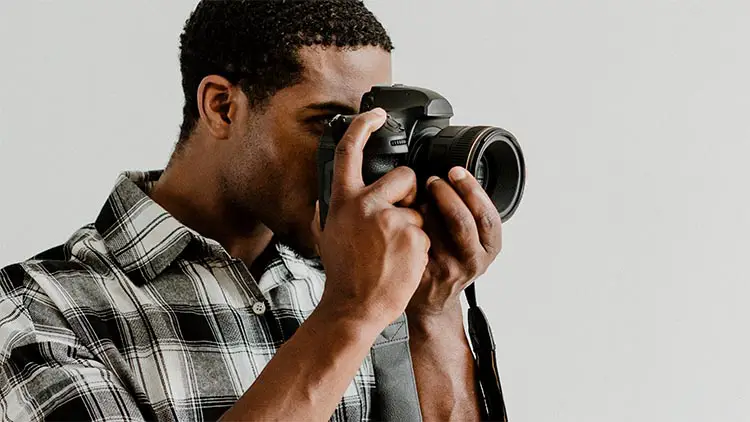
When looking at the Nikon 50mm 1.4 vs 1.8, there are three main factors to consider – price, performance, and usability.
Firstly, if the price is your determining factor, the AF-S 50mm f/1.4G is the most expensive option, while the FX 50mm f/1.8 is the cheapest. You can get the AF-S 50mm f/1.4G for around $400, the AF-S 50mm f/1.8G for around $200, the FX 50mm f/1.4 for $170, and the FX 50mm f/1.8 for around $100.
But that necessarily doesn’t represent the best value for money. The best value for money is certainly the AF-S FX 50mm f/1.8G. For $200, you get a lens that is in some ways superior to the AS-F FX f/1.4G, and only costs $30-100 more than the older lenses.
If you want a budget 50mm lens that has consistent sharpness, is highly usable, and is well-built, the AF-S FX 50mm f/1.8G is in many ways the superior choice to the 50mm f/1.4G. It has an improved AF motor, sharper images due to the aspherical element, and costs around half the price.
To make the decision easier, I advise looking through your photo library. Check how many 50mm focal length photos you took at a maximum aperture larger than f/1.8, or that you would want to have taken at a larger aperture if you don’t yet have a lens capable of that.
If you consistently use a larger maximum aperture than f/1.8, the AF-S FX 50mm f/1.4G could be a great buy. However, if you generally use apertures of f/1.8 to f/2.8, I would recommend the cheaper, newer AF-S FX 50mm f/1.8G.
Read More:
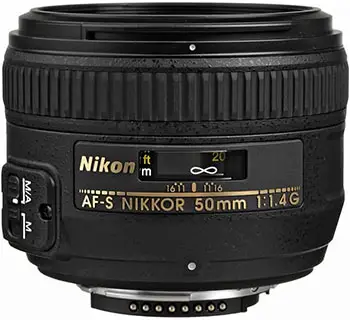
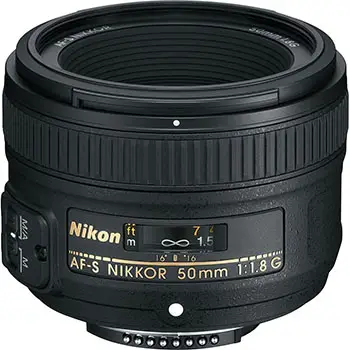
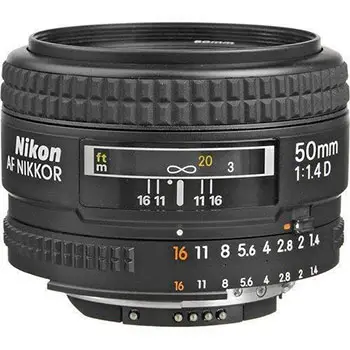
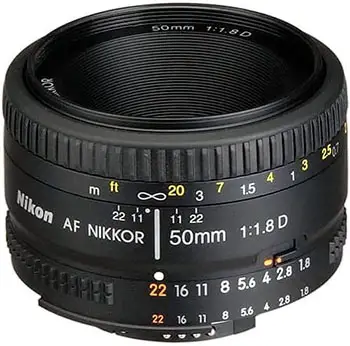
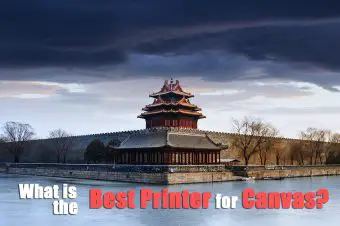
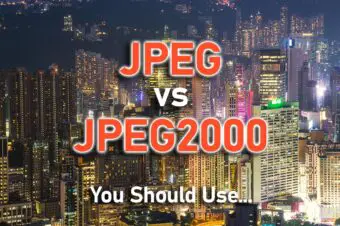

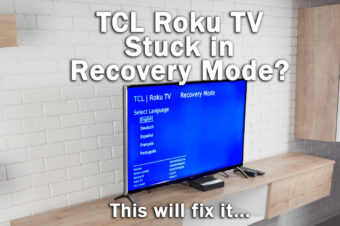
![Insignia Fire TV Stuck On Loading Screen? [FIXED]](https://www.lapseoftheshutter.com/wp-content/uploads/2021/10/insignia-fire-tv-stuck-on-loading-screen-340x226.jpg)
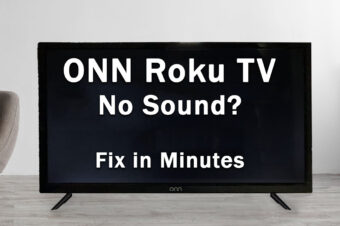
Leave a Reply